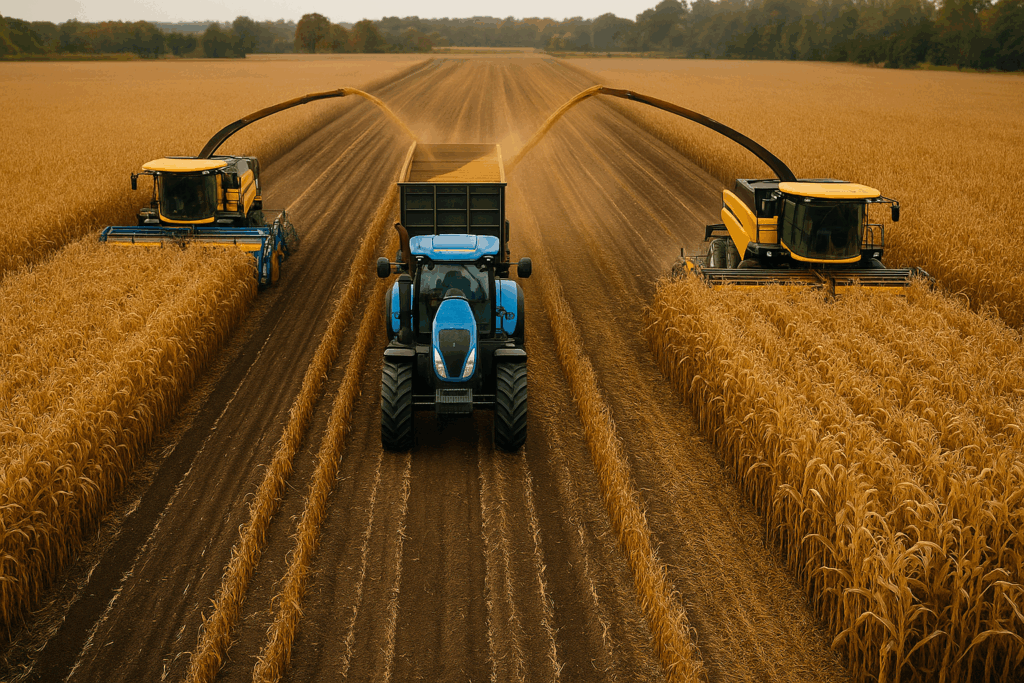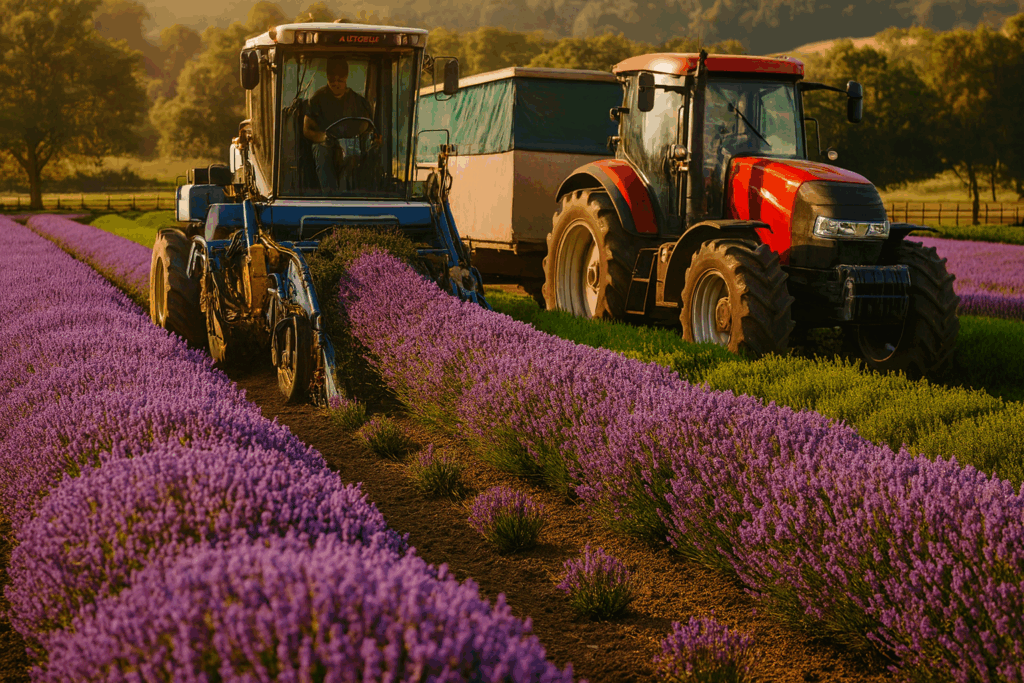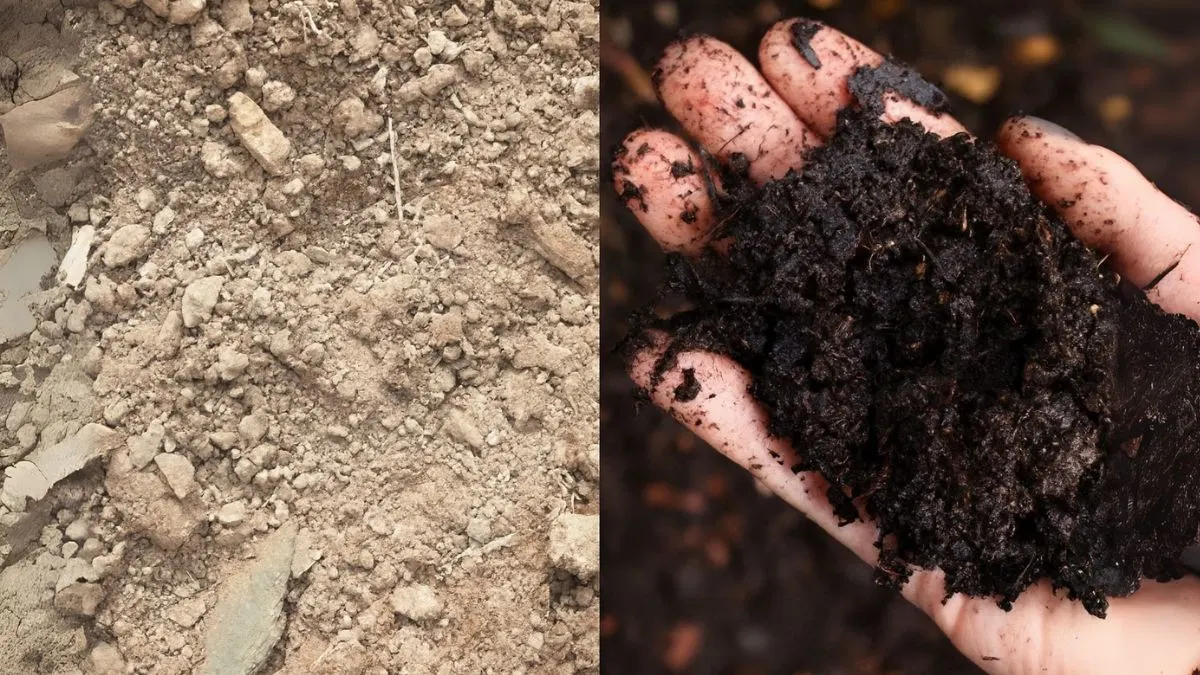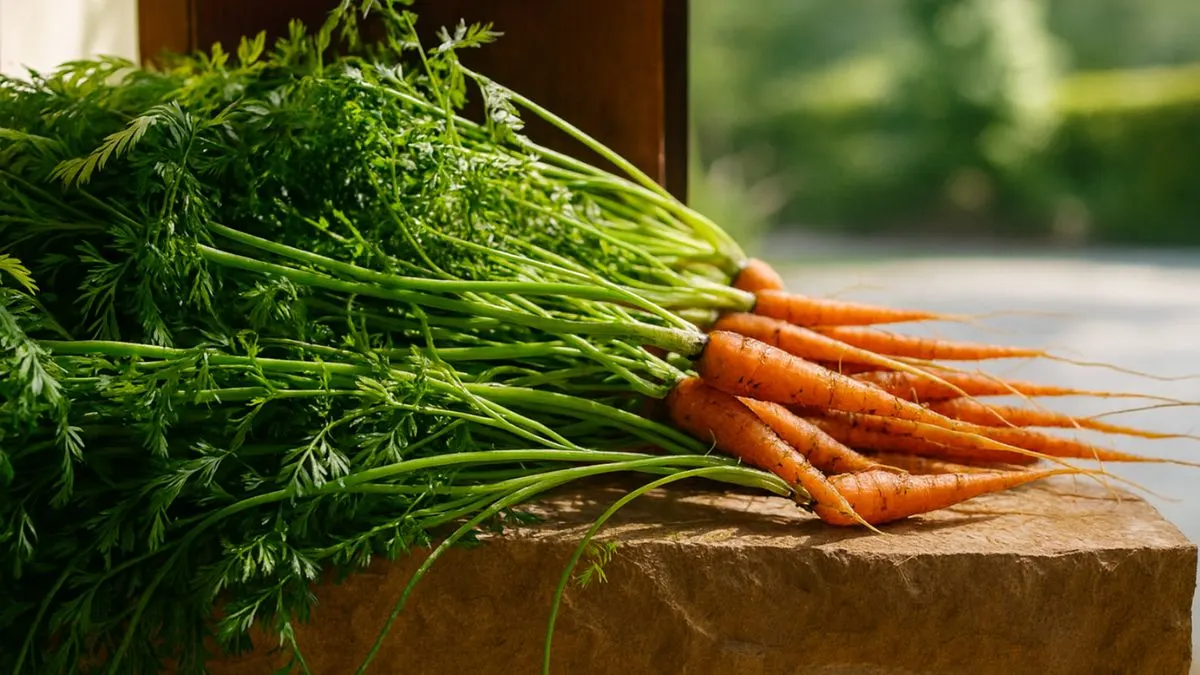The world of farming is no longer just about tractors and toil. Over the past decade, the agricultural landscape has witnessed a dramatic transformation—one that blends tradition with technology. The rise of technology in agriculture has enabled farmers to move beyond guesswork into a realm of precision, sustainability, and smart decision-making.
From the use of satellites in the sky to sensors in the soil, the agricultural revolution is unfolding right beneath our feet. This blog explores how precision farming, smart farming equipment, data analytics, and climate-resilient agriculture are reshaping the way we grow food—and what it means for our collective future.
The Shift Toward Technology in Agriculture
The need to feed over 9 billion people by 2050 has created unprecedented pressure on global agriculture. Add to that the rising challenges of climate change, land degradation, and water scarcity—and the demand for sustainable agriculture becomes even more urgent.
Fortunately, innovation has arrived in the form of agri-tech solutions that help farmers do more with less. Let’s dive into the four pillars of this transformation.
1. Precision Farming: Farming Smarter, Not Harder
Precision farming (also called precision agriculture) is the crown jewel of modern agriculture. Instead of treating entire fields the same way, this approach allows farmers to respond to the unique needs of each square meter of land.
Using GPS-guided machinery, satellite imagery, and IoT-powered sensors, farmers can now monitor:
- Soil moisture and nutrient levels
- Crop health and disease spread
- Pest activity and weed growth
- Weather conditions and microclimates
This data allows for the targeted application of water, fertilizers, and pesticides—minimizing waste, reducing costs, and preventing environmental damage.
Farmers can also use mobile apps and dashboards to track everything in real time, turning farming into a science-based, data-informed operation.

2. Smart Farming Equipment: Machines That Think
The days of manually operated tractors and harvesters are rapidly fading. Enter smart farming equipment—machines that not only work hard but think smart.
Some game-changing examples:
- Autonomous tractors that follow GPS paths with centimeter-level precision, reducing seed and fuel waste
- Drones that fly across fields to scan plant health, identify diseases, and create heat maps of productivity
- Soil sensors that send real-time alerts about water needs, helping farmers decide when and how much to irrigate
- Robotic planters and weeders that automate planting and reduce herbicide use
These technologies reduce reliance on manual labor while boosting productivity—even in remote or labor-scarce regions.
Also Read: From Microsoft to Mulch: How Bill Gates Is Revolutionizing Farming
3. Data-Driven Decision-Making in Agriculture
In today’s connected world, data is the new fertilizer. Every action on the field—planting, irrigating, fertilizing—is now driven by insights.
Here’s how data-driven agriculture is changing the game:
- Farmers can track soil health over seasons and make informed crop rotation decisions
- AI tools help predict pest outbreaks and weather anomalies
- Satellite data allows comparison of yield performance over time and across different zones
- Real-time dashboards offer alerts and forecasts to help optimize irrigation and harvest timing
With machine learning, these systems continuously improve—making predictions more accurate, and strategies more personalized.
This approach not only increases profitability but also helps reduce the environmental footprint of agriculture.
4. Climate-Resilient Agriculture: Farming for Tomorrow
Climate change is no longer a distant threat—it’s a daily reality for farmers across the world.
Extreme temperatures, erratic rainfall, and shifting seasons have made conventional farming less reliable. But climate-resilient agriculture is helping farmers adapt.
How?
- Precision irrigation systems minimize water waste and ensure timely watering
- Drought-resistant crop varieties offer better survival and yield under water stress
- Climate modeling tools help predict rainfall patterns and optimize planting schedules
- Agroforestry and soil regeneration techniques build carbon-rich, climate-buffering farmlands
Technology gives farmers the tools to build resilience—so that productivity doesn’t drop with every weather surprise.

The Bigger Picture: Tech Meets Sustainability
The fusion of technology and agriculture is not just about fancy tools—it’s about solving real problems:
- Feeding more people on less land
- Making agriculture profitable for smallholders
- Reducing the use of chemicals and preserving soil and water
- Fighting back against climate threats with data and science
This evolution is also reshaping roles:
- Young entrepreneurs are entering agriculture through agri-tech startups
- Urban farmers are adopting hydroponics and controlled environment systems
- Consumers are demanding transparency and traceability in food production
As governments, private enterprises, and agri-innovators join forces, the future of farming looks both tech-driven and sustainable.
Also Read: Daily Guava Leaves for a Month? Shocking Health Benefits Revealed!
The Digital Farm Is Here
Agriculture has always been the backbone of civilization. But today, it’s becoming the brain, too.
With tools like precision farming, smart farming equipment, and climate-resilient agriculture, we’re building a food system that’s not just efficient—but intelligent and adaptive.
For farmers, this means less guesswork and more growth. For consumers, it means cleaner, traceable food. And for the planet, it means a chance to feed billions without sacrificing ecological balance.
The future of agriculture isn’t just about crops. It’s about code, climate, and creativity—and the revolution has already begun.
Click here to read more such stories on the Toronto Garden Book!



